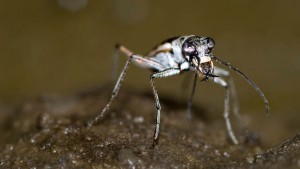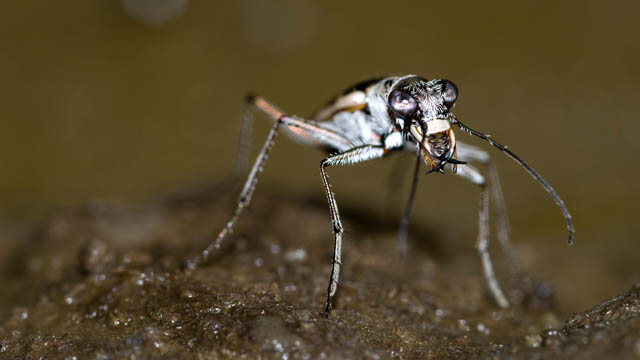
Steve Spomer is a Research Technologist with the University of Nebraska-Lincoln Department of Entomology. He's been involved in Salt Creek Tiger Beetle research for more than two decades. Spomer is now working with the U.S. Fish and Wildlife Service in a capture and recovery program to save the species.
PERRY: How has the Salt Creek Tiger Beetle habitat changed?
SPOMER: Originally, the salt marsh around Lincoln was huge, probably 15 thousand acres or so. We assume that the beetle was a lot more common back around the turn-of-the century. The habitat originally was salt flats with seeps running through the flats. And now, most of the habitat is creek banks along Little Salt Creek. So a lot of things have changed in a hundred years.
PERRY: Let’s talk about the recovery project that U.S. Fish & Wildlife Service spearheads. How will that help the species? Or do we even really know?
SPOMER: Well, we don’t really know for sure. There’ve been a lot of recovery projects like this with insects and some of them have worked and some of them haven’t. But the problem is when the population is this low, it’s kind of a desperation move. You want to try to bolster that population up as much as you can and so this seemed to be a reasonable way to do it is by propagating them in the lab where they don’t have natural enemies to kill them. What we have to get worked out is how to successfully rear them from egg to adult without losing very many. There are a lot of variables involved. Temperature, humidity, soil moisture, how often you feed them. All kinds of things.
